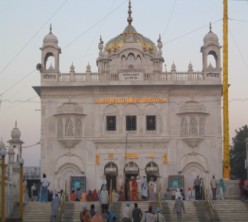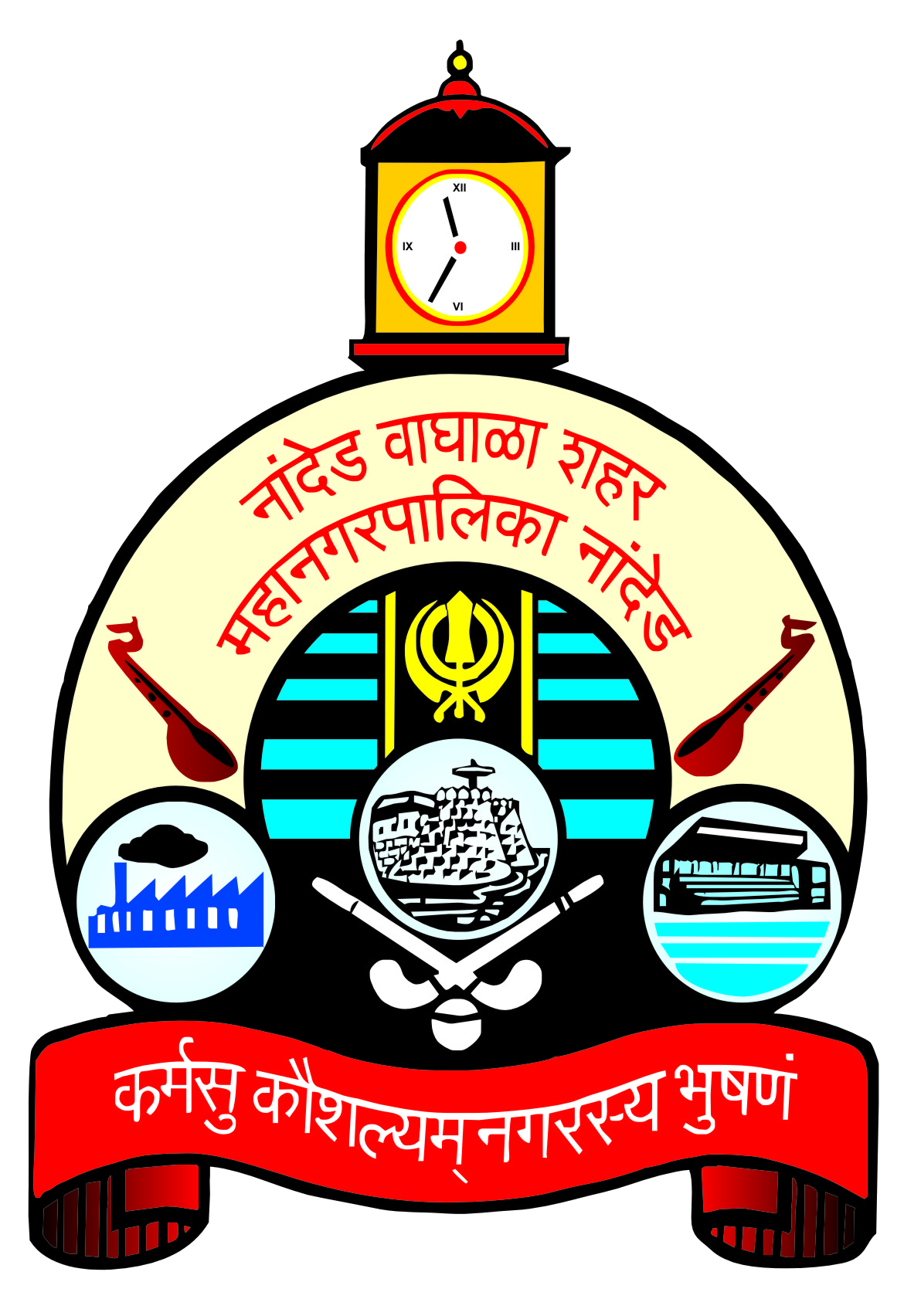| City Development Plan |
I. Introduction
1. Urban India Today
Urbanization was the driving force for the faster economic growth that India experienced during the 1990s. Estimates of urban areas’ contribution to the gross domestic product are on the order of 50 to 60 percent, well above the level of urbanization itself (28 percent in 2001). India’s overall demographic figures of rural-urban divide do not reveal that a sizeable part of the country has reached much higher levels of urbanization than the national average. Economic growth is thus highly dependent on the fortunes of urban areas and their ability to attract investment and increase productivity. However, rapid urbanization and under-investment in urban infrastructure have resulted in serious environmental and health problems in India’s cities. Urban households across India, particularly the poor and disenfranchised, continue to have limited access to potable water, sanitation, drainage, and solid waste disposal facilities.
Despite the contribution to economic growth by the urban sector, successive five-year plans of the Government of India (GOI) stressed rural development in general and neglected balanced urban development. It was not until the 8th Plan (1993–1997) that the role and importance of the urban sector was explicitly recognized. Since then, the context of urban development has changed significantly in India, governed by the country’s focus on economic liberalization and financial sector reform with a new emphasis on decentralization. However, despite the government’s priority on developing urban infrastructure and providing essential municipal services to reduce urban poverty and prevent further environmental degradation, the sector shows large inefficiencies in service delivery, inadequate investments to expand service coverage, and a lack of asset maintenance.
Notwithstanding urban India’s problems, new opportunities have emerged. The momentum for urban sector reform was provided in 1992 with the passage of the 74th Constitution Amendment Act (CAA). The 74th CAA was intended to create a democratic governance structure, with local responsibilities being assumed and managed locally. The amendment addressed the relationship between the state governments and municipal governments, and laid the foundation for a new approach to urban management and governance regarding improved municipal service delivery.
Another key instrument governing India’s urban sector reform is the country’s 10th Five-Year Plan (2002–2007) prepared by the Planning Commission. The 10th Plan proposes an eight percent growth rate for the economy and focuses on four basic themes: high growth, equitable growth, human development and reforms. With 80 percent of plan allocation targeting social expenditure, the 10th Plan aims to alleviate poverty through access to education, health care, potable water, and sanitation. The 10th Plan also focuses on good governance as a cross-cutting issue and identifies the declining role of government in the provision of services – with emphasis on developing private enterprise participation in public service delivery and providing an improved regulatory environment.
The GOI’s Ministry of Urban Development and Poverty Alleviation (MOUDPA) is expected to achieve the 10th Plan’s vision. MOUDPA’s agenda to address growth, urban service delivery and the infrastructure gap at the municipal level revolves around the management, governance and creditworthiness of local governments. The Pooled Finance Development Scheme (PFDS), the City Challenge Fund (CCF), and the Urban Reforms Initiative Fund (URIF) are examples of innovative central government funding initiatives to support the GOI’s urban agenda.
The Jawaharlal Nehru Nation Urban Renewal Mission (JNNURM) is the latest initiative of the Government of India, which emphasizes, like never before the Government’s commitment to address the urban sector agenda in the country.
2. About JNNURM
The National Common Minimum Program of the Government of India attaches the highest priority to the development and expansion of physical infrastructure as one of the key inputs to overall economic development. Appreciating the contribution and potential of urban areas to the country’s economic growth, the Government of India has devised a comprehensive program of urban renewal and expansion of social housing in towns and cities, paying attention to the need of slum dwellers – the Jawaharlal Nehru National Urban Renewal Mission (JNNURM). This seven-year program (FY 2005-06 to FY 2011-12) is also expected to ensure India’s commitment to achieving the Millennium Development Goal – to facilitate investments in the urban sector; and to strengthen the existing policies in order to achieve these goals.
Launched on December 03, 2005 by the Honorable Prime Minister of India, Dr. Manmohan Singh, the JNNURM Mission Statement is “… to encourage reforms and fast track planned development of identified cities. Focus is to be on efficiency in urban infrastructure and service delivery mechanisms, community participation and accountability of ULBs (Urban Local Bodies)/ Parastatal agencies towards citizens.”
The objectives of JNNURM, as listed in the JNNURM toolkit, are “to ensure that the following are achieved in the urban sector:
a. Focused attention to integrated development of infrastructure services in cities covered under the Mission;
b. Establishment of linkages between asset-creation and asset-management through a slew of reforms for long-term project sustainability;.
c. Ensuring adequate funds to meet the deficiencies in urban infrastructure services;.
d. Planned development of identified cities including peri-urban areas, outgrowths and urban corridors leading to dispersed urbanization;
e. Scale-up delivery of civic amenities and provision of utilities with emphasis on universal access to the urban poor;
f. Special focus on urban renewal program for the old city areas to reduce congestion; and
g. Provision of basic services to the urban poor including security of tenure at affordable prices, improved housing, water supply and sanitation, and ensuring delivery of other existing universal services of the government for education, health and social security.”
The JNNURM provides both incentive as well as support for undertaking reforms at State and Cities level while striving to create the right framework for participatory planning and development and enhancing creditworthiness of urban local bodies so as to help them leverage substantial grants to attract greater private investments for sustainable urban development.
Sixty-three cities / urban agglomerations (UA) have been identified for assistance under the JNNURM. These are classified as:
a. Category A: Cities / UA with population of 4 million and above as per 2001 census (7 cities)
b. Category B: Cities / UA with population of 1 million and above as per 2001 census (28 cities)
c. Category C: Other selected cities/ UA, including state capitals and cities/ UA of religious/ historic and tourist importance (28 cities)
Nanded city, by virtue of its historic and cultural significance is an eligible city under Category C, entitling it to 80 percent capital grant from the Central Government and 10 percent grant from the State Government as per JNNURM funding pattern.
Nanded city is home to a living community and has a history that dates back to over 7 centuries. With a population of 4.3 lakh (2001 census) it is the second largest city in the Marathwada region of Maharashtra state. The city and its immediate region, famed for its socio-cultural uniqueness and endowed with the river Godavari and several places of religious monuments / significance, is most popular for the Takhat Sachkhand Shri Hazur Abchalnagar Sahib Gurudwara (Sachkhand Gurudwara), one of the five Takhats of the Sikh religion. It is in Nanded that Shri Guru Gobind Singh, the last living Sikh Guru consecrated the Holy Granth Sahib as the eternal Guru of Sikhism on October 28, 1708, before departing for his heavenly abode (parlok gaman) on October 30, 1708. The event and location where the consecration took place is referred to as the Gur ta Gaddi (Throne of the Guru). The city will host Gur ta Gaddi Tercentenary Celebrations in October 2008, to commemorate the 300th year of the holy events of Sikhism, which are expected to be attended by millions of devotees from all over the country and the world.

The city administration – Nanded Waghala City Municipal Corporation (NWCMC) – the District Administration, the Sachkhand Gurudwara Board and the citizens of Nanded are working in tandem to ensure a safe and memorable hosting of event. They are viewing the event and associated funding assistance from the State & Central Governments and proposed funding assistance under the JNNURM as an opportunity to be leveraged to kick start a transformation of the city into a vibrant economic hub conserving and show casing its inherent socio-cultural strengths, and ensuring sustainable overall development.
As per the JNNURM strategy for achieving its objectives, each eligible city intending to access assistance under the Mission is expected to formulate a comprehensive City Development Plan (CDP) indicating policies, programs and strategies and financing plans, before seeking funding for specific projects. The CDP is expected to be formulated through a consultative process, articulating the stakeholders’ perceptions and aspirations for their city and drawing of strategies aimed at achieving them in a sustainable and equitable manner.
3. City Development Plan for Nanded – The Process
The City Development Plan for Nanded is formulated on the basis of a shared Vision of its citizens, articulated through a series of stakeholder consultations. The plan horizon is for a period of 25 years from 2006 to 2025. The Nanded Waghala City Municipal Corporation (NWCMC) and the District Administration had commenced consultations on the city’ s needs and priorities way back in 2003, initially in the context of the Gur ta Gaddi Tercentenary celebrations and subsequently with a long-term development objective. The procedure for formulation of the CDP and identification of specific strategies and projects / programs is an iterative one involving an incremental consultation framework, beginning with a “state of the city” assessment, consensus-building on city development issues and priorities, articulating the City Vision 2025 and strategy options to address the city’s Vision and identifying specific projects and actions for implementation.
While the focus of the CDP is on achieving the larger Vision 2025 through a broad Strategic and Capital Investment Plan, it identifies specific project / interventions / actions to be undertaken in the short term 2006 to 2011.
The projects / interventions / actions identified for implementation in the short term are further prioritized and phased in two phases, viz.
a. Projects to be implemented pre-March 2008, in order to service the Gur ta Gaddi Tercentenary Celebration requirements
b. Projects to be implemented post-March 2008 by 2010-11 addressing other city-wide requirements and priorities
The CDP culminates in a financial operating plan to assess the investment sustenance capacity of the Municipal Corporation and test the impacts of the proposed reform measures for revenue enhancement.


